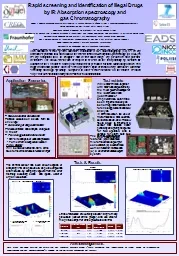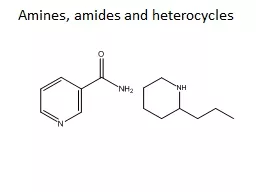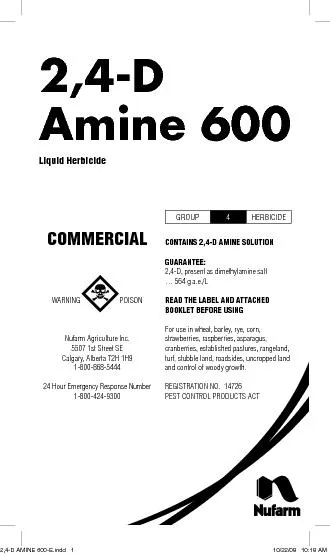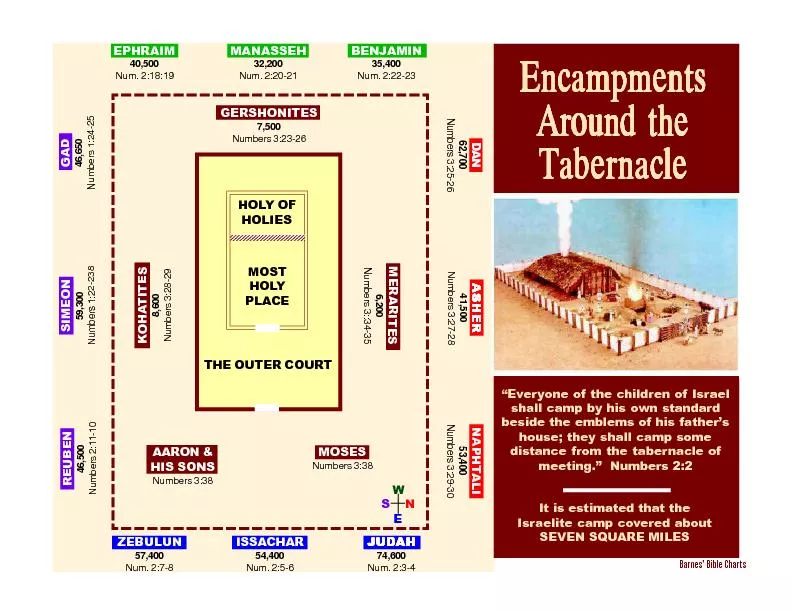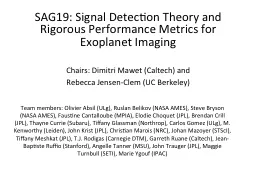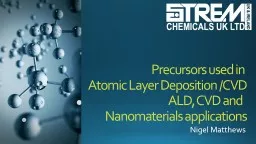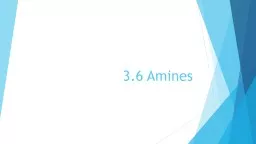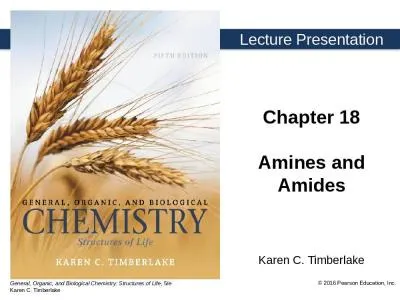PPT-Limits of Detection are currently around 10 ng for many precursors (without amine groups),
Author : faustina-dinatale | Published Date : 2019-03-14
This work has been carried out within the FP7 research projects DIRAC rapid screening and identification of illegal Drugs by IR Absorption spectroscopy and gas Chromatography
Presentation Embed Code
Download Presentation
Download Presentation The PPT/PDF document "Limits of Detection are currently around..." is the property of its rightful owner. Permission is granted to download and print the materials on this website for personal, non-commercial use only, and to display it on your personal computer provided you do not modify the materials and that you retain all copyright notices contained in the materials. By downloading content from our website, you accept the terms of this agreement.
Limits of Detection are currently around 10 ng for many precursors (without amine groups),: Transcript
Download Rules Of Document
"Limits of Detection are currently around 10 ng for many precursors (without amine groups),"The content belongs to its owner. You may download and print it for personal use, without modification, and keep all copyright notices. By downloading, you agree to these terms.
Related Documents

